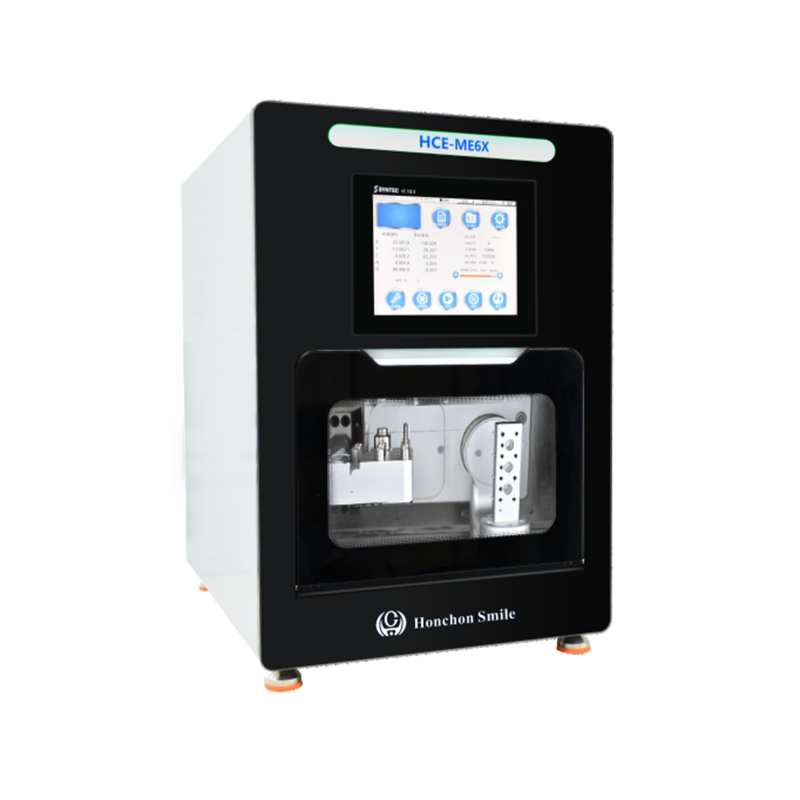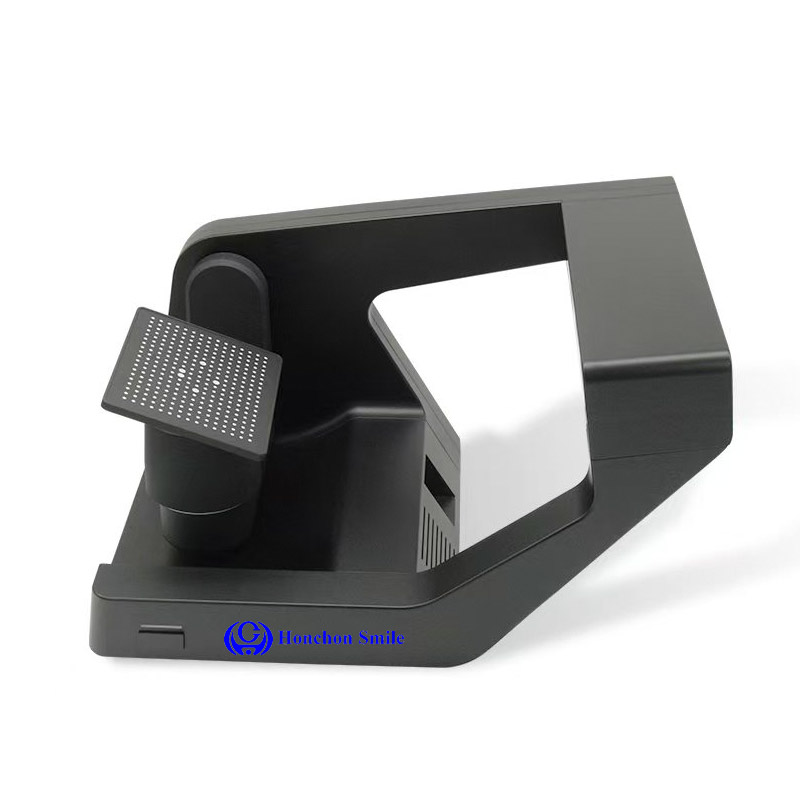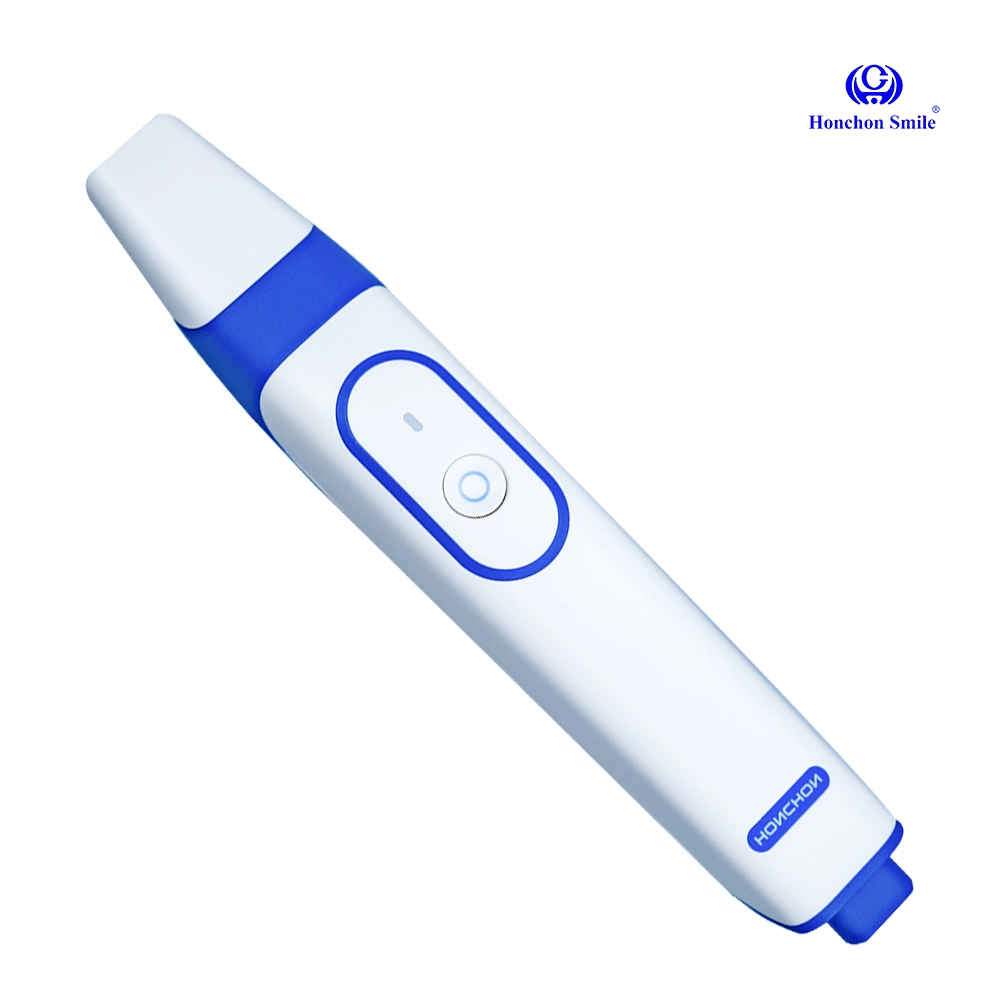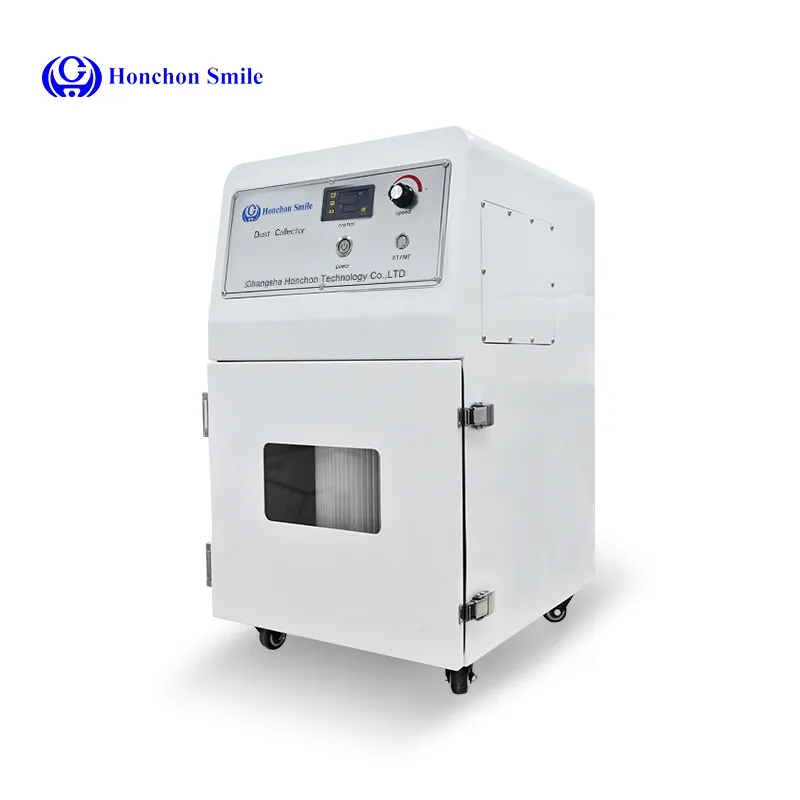With the global aging population and rising awareness of oral health, dental laboratories are playing an increasingly vital role in dental restoration and prosthetics. Whether you are a dental technician, clinic, or entrepreneur planning to establish a dental lab, understanding the essential equipment is the first step to success. Here’s a comprehensive guide to the key equipment needed to build a modern, efficient, and high-quality dental laboratory in 2025.
A well-designed workstation is the backbone of any dental laboratory. This includes sturdy workbenches, ergonomic chairs, and adjustable lighting setups to ensure comfort and precision during dental restoration fabrication. Proper ventilation and dust extraction systems should also be integrated to maintain a safe and clean working environment.
Digital milling machines are the heart of modern dental labs. These CNC devices mill dental restorations such as crowns, bridges, inlays, and veneers from zirconia blocks, PMMA, or wax with high accuracy, based on CAD designs.
Dry Milling Machines: Mainly used for hard materials like zirconia.
Wet Milling Machines: Ideal for softer materials like wax and PMMA, reducing heat and ensuring smooth surfaces.
Investing in reliable milling machines compatible with various CAD/CAM systems ensures flexibility and precision in production.

Digital scanners convert physical dental models or impressions into precise 3D digital files. Two main types are
Intraoral Scanners: Capture patient oral structures directly.
Model Scanners: Scan plaster models for lab use.


High-resolution scanners enable seamless CAD design workflows and improve accuracy in restorations.
A sintering furnace is indispensable for processing zirconia restorations. After milling, zirconia restorations require sintering at high temperatures (typically around 1450°C) to achieve optimal strength and translucency.

Choosing a furnace with programmable temperature control and uniform heat distribution is crucial for consistent results.
For ceramic and porcelain restorations, porcelain furnaces enable staining, glazing, and firing processes. High-quality furnaces support multiple firing cycles, allowing technicians to build up aesthetics and natural tooth appearance with precision.
3D printing technology is revolutionizing dental labs by enabling rapid fabrication of temporary crowns, surgical guides, and models.
Resin-based 3D printers provide high accuracy and surface finish.
Compatible resins allow for various indications: temporary restorations, clear aligners, and more.
Maintaining cleanliness is critical in a dental lab.
Vacuum Cleaners: Remove dust and particulate matter generated during milling and polishing.
Steam Cleaners: Disinfect instruments and equipment efficiently, ensuring hygiene compliance.

These include:
Dental Handpieces & Motors: For grinding, trimming, and polishing restorations.
LED Work Lights: High CRI (90+) lighting that mimics natural daylight for accurate color matching without eye strain.
Precision Tools: Wax knives, carving instruments, articulators, shade guides, magnifiers, calipers, and more.
A complete set of small tools enables fine detail work and ensures high-quality prosthetics.
Modern dental labs increasingly rely on the integration of CAD/CAM technology and additive manufacturing. Keeping equipment updated with the latest software and compatible hardware ensures you can meet evolving restoration methods and materials, enhancing both efficiency and product quality.
Modular Equipment Setup: Choose equipment that can be upgraded or expanded as technology advances.
Training & Support: Invest in technician training on new digital workflows to maximize equipment use.
Compliance & Certification: Ensure all equipment meets relevant medical and safety standards (ISO, FDA, CE) for reliability and client trust.
Setting up a dental laboratory requires a well-balanced mix of traditional tools and cutting-edge digital equipment. Prioritizing precision, efficiency, and hygiene in your equipment selection will set your lab on the path to success in today’s competitive dental market. Whether milling zirconia blocks, printing resin models, or firing porcelain restorations, the right tools make all the difference.